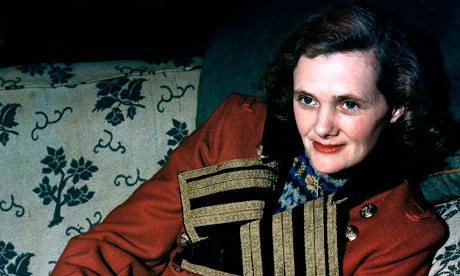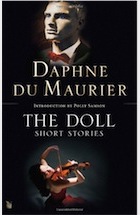The Doll by Daphne du Maurier – review
Daphne du Maurier's early short stories reveal a talented writer finding her voice

British novelist Daphne du Maurier photographed in 1947. Photograph: Popperfoto/Getty Images
The stories in this collection of recently unearthed early work by Daphne du Maurier were mainly written between the years 1926 and 1932, though many didn't appear in print until much later. While they often do feel like the work of a young writer, they are occasionally quite startling in their insight and their ability to unsettle.
There's much humour in evidence too, in the form of a crisp cynicism, particularly in regard to the relationships between men and women and the very many ways people can disappoint one another. The title story is the most twisted of tales. Prefaced by an explanatory note, it purports to be the contents of a mysterious waterlogged notebook. This book, the work of a "poisoned" brain, describes one man's obsession with a beautiful violinist (called Rebecca) and the discovery he eventually makes about her unusual proclivities, an image of which he will never be able to rid himself.
Though "The Doll" is by far the most explicit, many of the stories have a strong sexual element. There's a worldly, knowing quality to much of the writing. "Tame Cat" is a wry account of how a teenage girl's sudden blossoming dramatically alters her relationship with both her mother and her friendly "uncle" John. Failures in communication between the sexes are a recurring theme, wittily evoked in "The Weekend" and "A Difference in Temperament".
The opening story, "The East Wind", stands some way apart from the rest of the collection; it has a more mythic feel, an earthiness, the elements exerting a brutal hold on the characters. Elsewhere there's a sense of the young Du Maurier crystallising her style, testing herself, amusing herself. She would go on to write stronger stories but as a glimpse of a voice in development this collection proves fascinating.




No comments:
Post a Comment